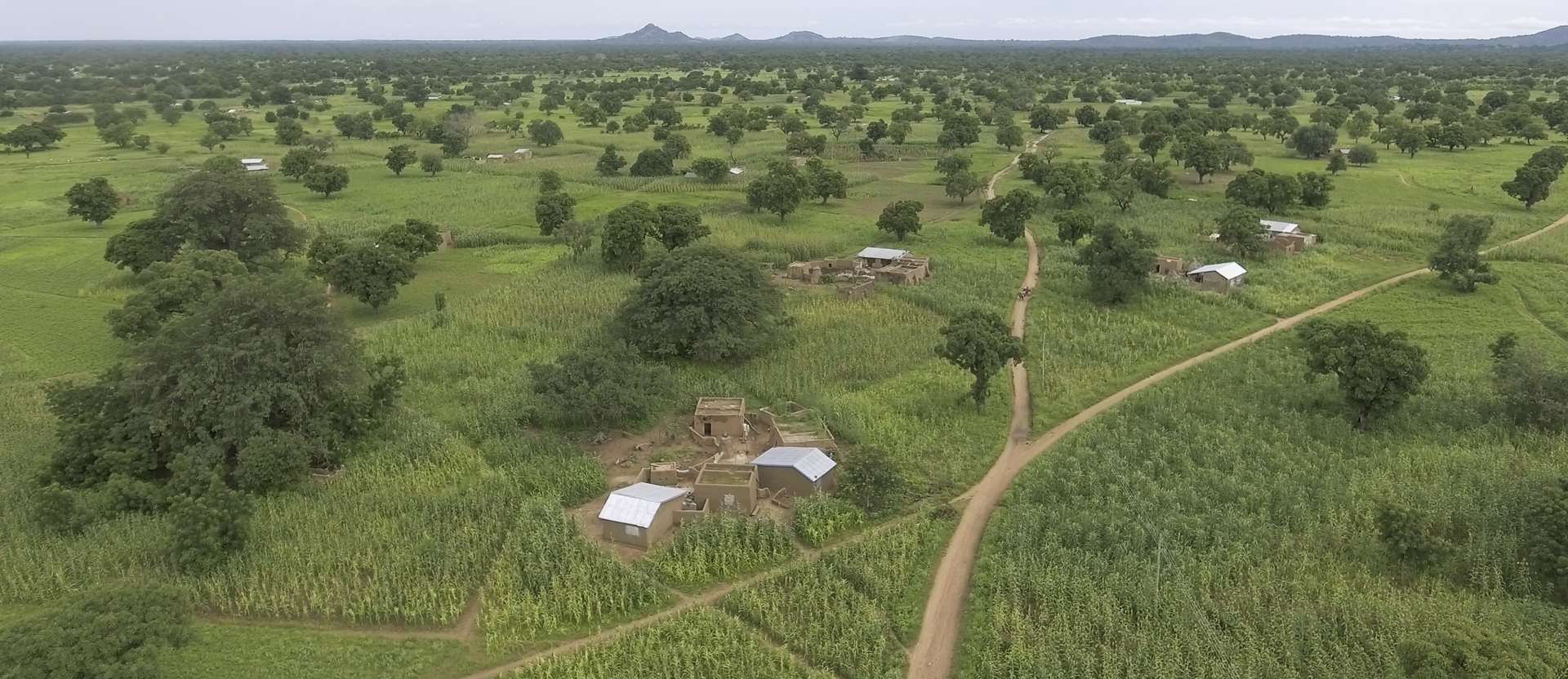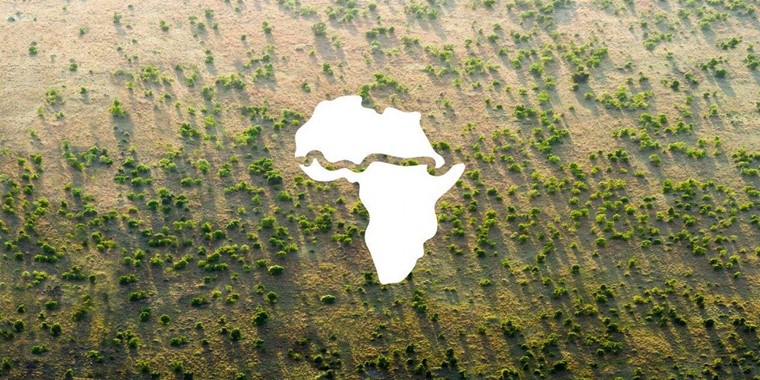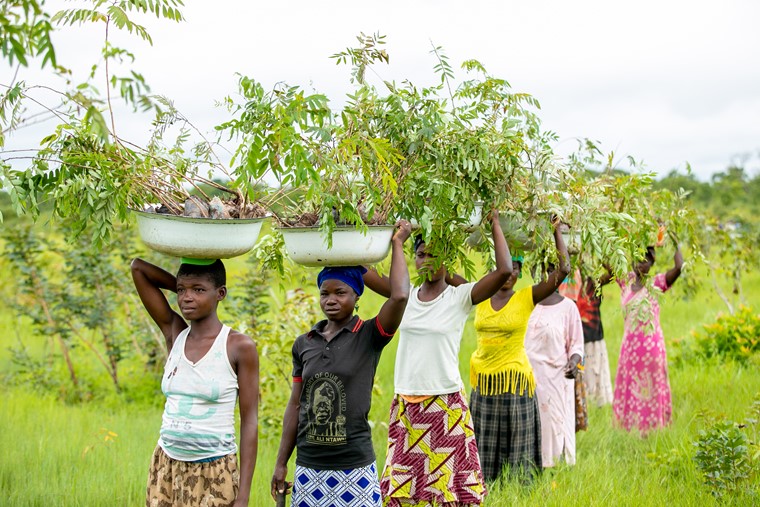
Great Green Wall report is a rallying call for the future
11th September 2020With a new report about the Great Green Wall initiative landing this week, Tree Aid’s Chief Executive, Tom Skirrow, comments on what it means for the future of this movement of change across Africa.
On Monday, the UNCCD (United Nations Convention to Combat Desertification) launched a report on the Great Green Wall initiative, a movement to grow trees, restore land and create green jobs across the Sahel region of Africa. This report lays out in a dramatic way the progress so far and what is needed to deliver its ambition in the coming decade.
The purpose of the Great Green Wall Implementation Status and Way Ahead to 2030 report is to bring the world’s attention to the critical need to ramp up the speed and intensity of our collective work on the Great Green Wall. It rallying call for what can come in the future.
The degradation of land in the Sahel means it can less and less support plant, animal or human life. We bear witness to this fact and the impact it is having on communities across the drylands of Africa. The Great Green Wall is an African-led movement to address this crisis.

As an organisation that strives daily to deliver on the vision of the Great Green Wall, at Tree Aid, we believe that the work to date has been vital and the building blocks of coordination and monitoring are in place to scale-up work and deliver against this ambitious target by 2030. The message is clear: what we need now is more funding, more focus and more collaboration to restore the environment across the Sahel to improve the lives of millions of people living in poverty here.
The report lays out that 18 million hectares of land has been restored. While there is still a long way to go, this has already had a dramatic impact on the lives and communities of millions of people living in one of the harshest environments in the world. 18 million hectares restored is enough to allow 9 million rural families to grow the food they need to survive every year. For the $200 million cost to date, that represents an investment of just over $20 per household.
But that 18 million hectares of land is only part of the story. The value of the Great Green Wall initiative is not simply a “wall of trees” to stop the desert. Soon after the conception of the initiative, it was agreed that restoring hectares of land was more than just planting trees and that a whole landscape approach would be required. Building forest enterprises to create green jobs, smarter irrigation and water management, climate sensitive and sustainable farming practices, grasslands management and effective forest management are all central to the goals set out within the objectives of the Great Green Wall.
The Great Green Wall is a movement for change. Contributions to deliver its aims come from all sections of society – from the farmer who chooses to use agroforestry to improve his crops, to charities delivering large-scale restoration programmes, to government efforts to deliver across entire regions.

The movement presents challenges to monitor in its entirety, but it should not deter us from pushing forward where we see the desperate need. It should also not stop us continually striving to coordinate our efforts more effectively to monitor the totality of effort and achievement. The Great Green Wall Implementation report is a vital step in this effort, and one that Tree Aid welcomes.
The report paves the way for the Great Green Wall movement to scale-up, increase collaboration and gain more funding. Change will not come without ambition and investment but it will also not come easy. We have to recognise and embrace the challenges that the Great Green Wall presents us and tackle them openly and collectively to secure the future we need.



